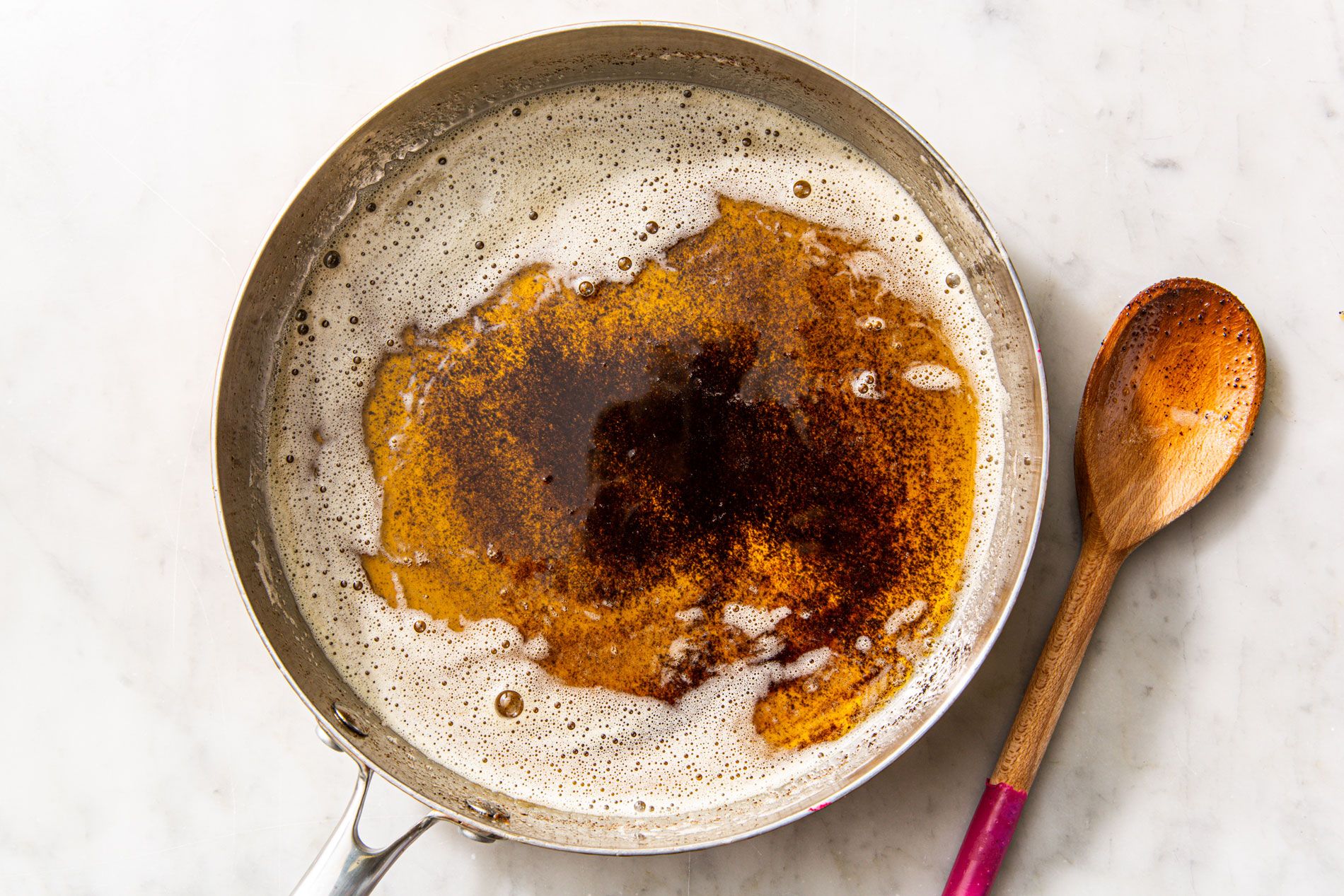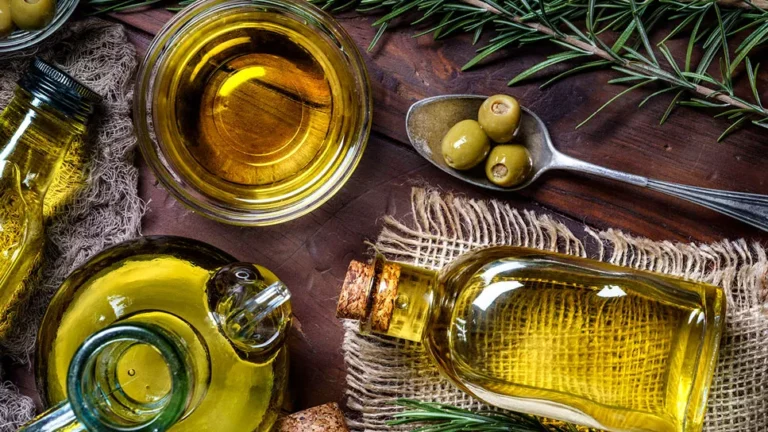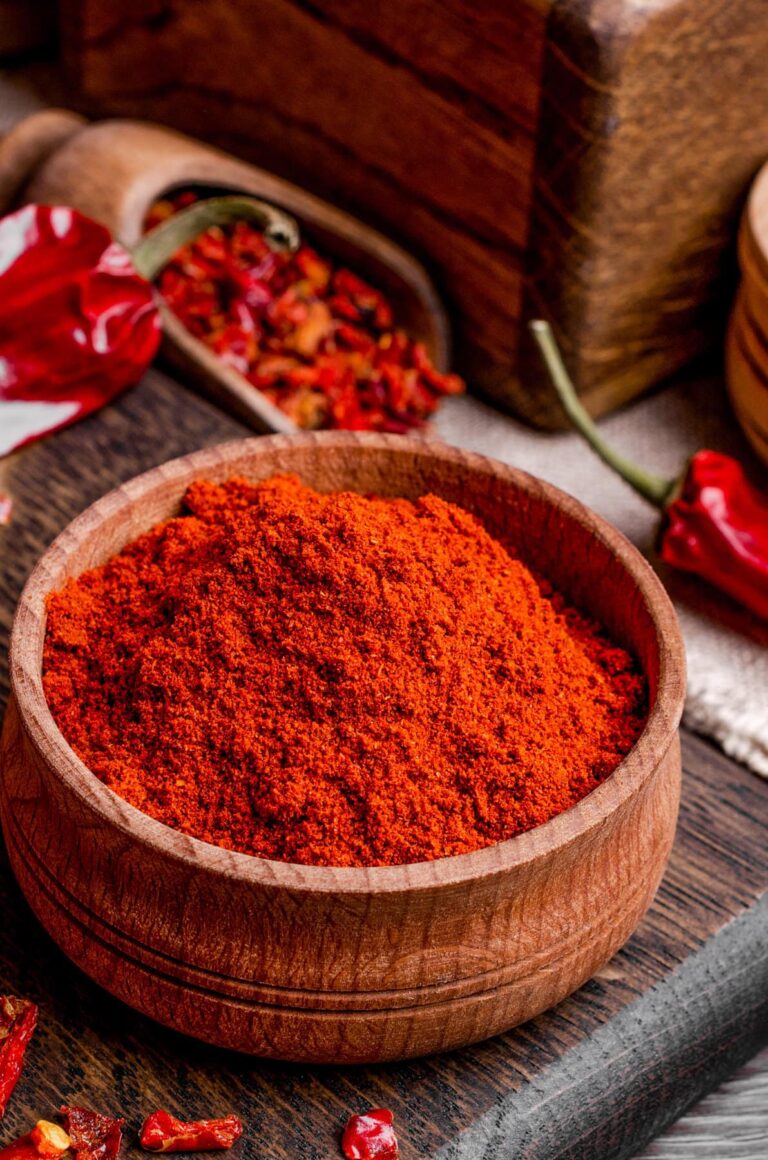Brown butter sauce is a simple yet elegant addition to your pasta dishes. With its nutty aroma and rich flavor, it can elevate any pasta meal to gourmet status. Whether you’re a seasoned cook or a beginner, mastering brown butter sauce is a skill worth having in your culinary repertoire.
This article will guide you through the ingredients, preparation, and tips for making the perfect brown butter sauce for pasta.
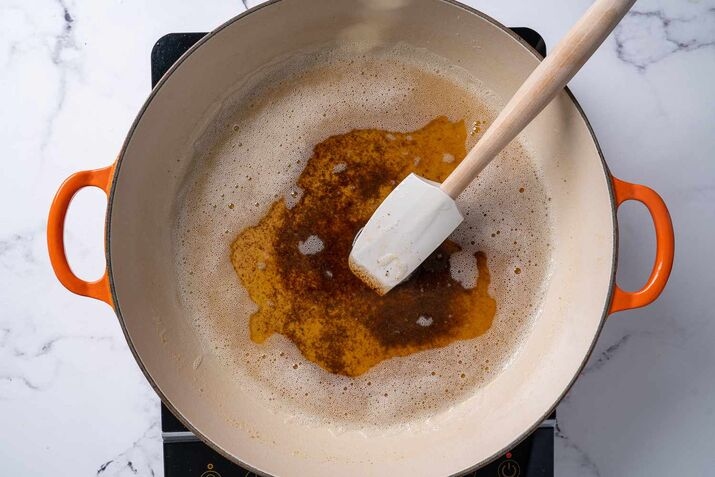
Ingredients
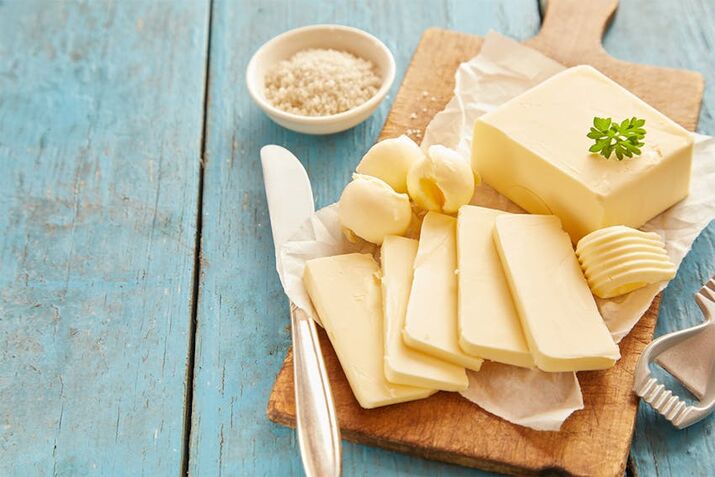
Butter
The star of the show, butter is the primary ingredient in brown butter sauce. Use high-quality, unsalted butter for the best results. The quality of butter significantly affects the flavor and texture of the sauce. Unsalted butter allows you to control the saltiness of the final dish. For a richer taste, consider using cultured butter, which has a slight tanginess that enhances the overall flavor profile of the sauce.
Optional Additions (e.g., sage, garlic)
While butter alone makes a delightful sauce, adding herbs and spices can enhance the flavor. Common additions include:
- Sage: Adds an earthy, slightly peppery flavor that complements the nutty taste of brown butter.
- Garlic: Infuses the sauce with a savory aroma and taste.
- Thyme: Offers a subtle, floral note.
- Parmesan cheese: Adds a creamy texture and a salty kick.
- Lemon juice: Brightens the sauce with a hint of acidity.
Other potential additions to consider are:
- Rosemary: Adds a woody, pine-like flavor.
- Shallots: Provide a mild, sweet onion flavor that integrates well with the butter.
- Red pepper flakes: Add a touch of heat for those who enjoy a spicy kick.
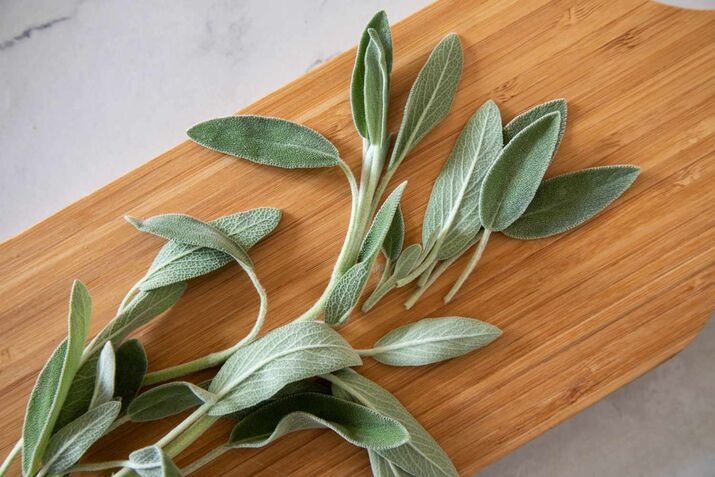
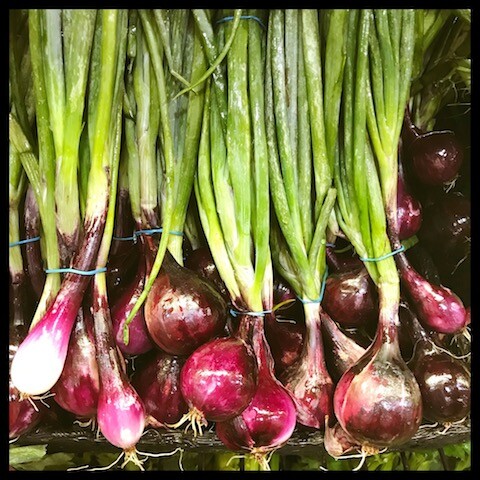
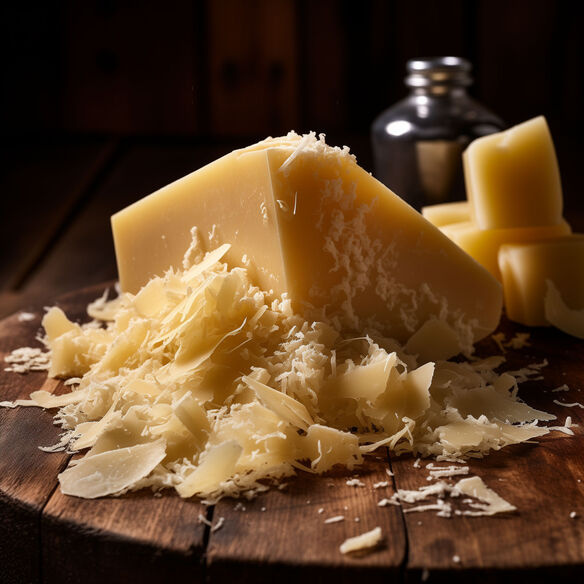

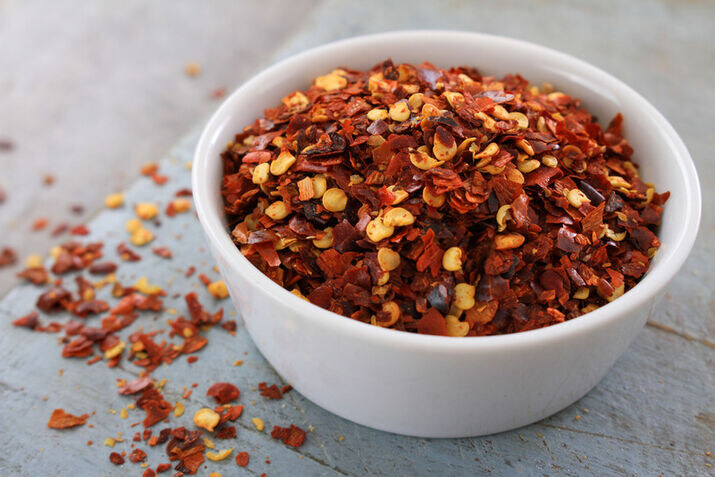
Credits to Old World Garden Farms

Step-by-Step Instructions
Preparing the Ingredients
Before you begin cooking, gather all your ingredients. This includes butter, optional additions, and the pasta you’ll be serving with the sauce. Having everything prepared ensures a smooth cooking process.
- Butter: Cut your butter into equal-sized pieces. This helps it melt evenly.
- Herbs and Spices: If using herbs like sage or garlic, prepare them by chopping or mincing as needed.
- Pasta: Cook your pasta according to the package instructions, then set aside. Reserve some pasta water to adjust the sauce’s consistency if necessary.
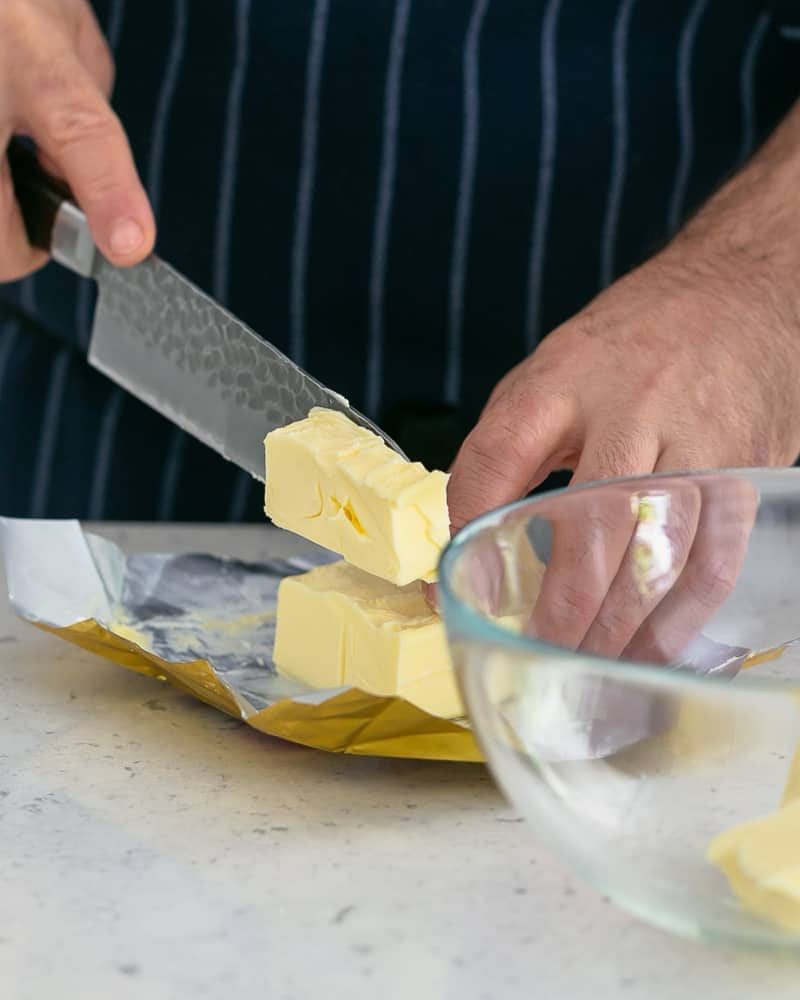
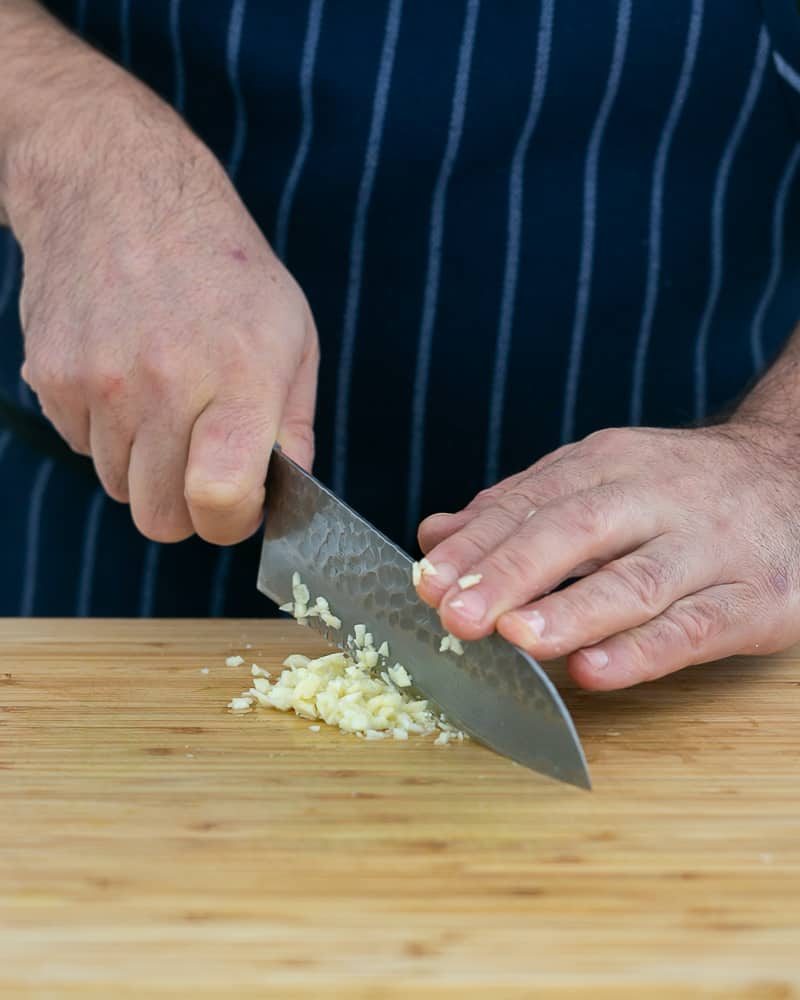
Browning the Butter
Browning butter requires careful attention. Follow these steps for a perfect result:
- Heat the Pan: Place a heavy-bottomed pan over medium heat. A heavy-bottomed pan ensures even heating.
- Melt the Butter: Add the butter pieces to the pan and let them melt completely.
- Watch Closely: As the butter melts, it will begin to foam. Stir occasionally to prevent the milk solids from sticking to the bottom.
- Color Change: Continue cooking until the butter turns golden brown and you smell a nutty aroma. This usually takes 5-7 minutes. Be cautious not to let it burn; remove it from the heat once it reaches the desired color.

Adding Additional Ingredients
Once the butter is browned, it’s time to add any optional ingredients:
- Herbs and Garlic: If using sage or garlic, add them to the pan and cook for an additional 1-2 minutes until fragrant.
- Cheese: If adding Parmesan, stir it in now until melted and well combined.
- Lemon Juice: A squeeze of lemon juice can be added at the end for a bright finish.


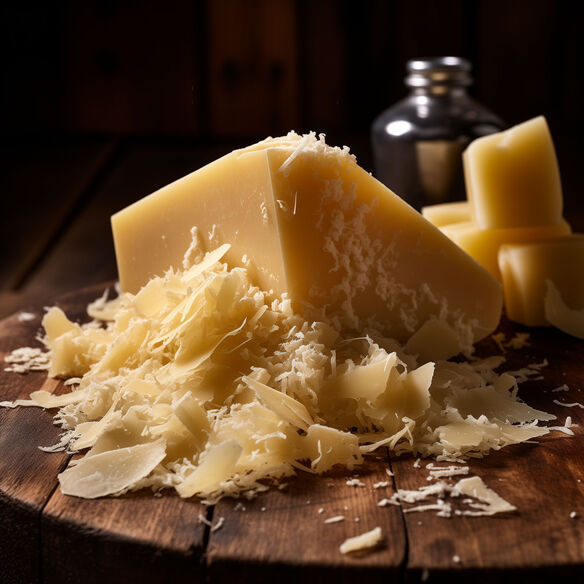
Tips for Perfect Brown Butter Sauce
Achieving the Right Color
The key to brown butter sauce is achieving the perfect golden-brown color. Here are some tips:
- Monitor Heat: Keep the heat at medium to prevent burning.
- Stir Frequently: Stirring helps distribute the heat evenly and prevents the milk solids from burning.
- Use Visual Cues: Watch for a golden-brown color and a nutty aroma, which indicates the butter is perfectly browned.
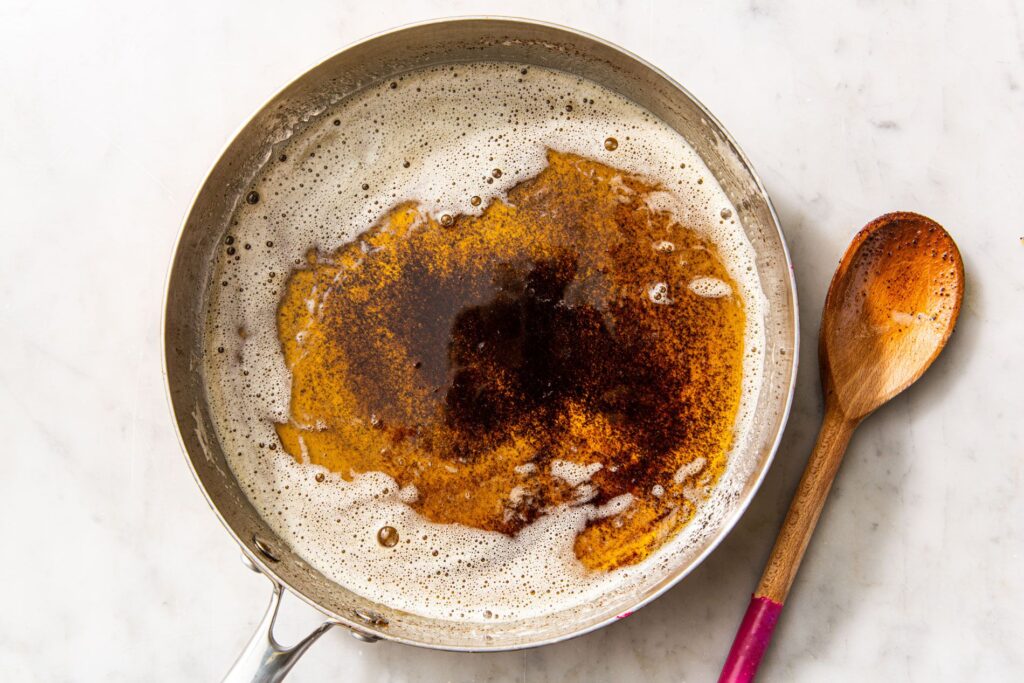
Enhancing Flavor
To take your brown butter sauce to the next level, consider these flavor-enhancing tips:
- Fresh Herbs: Fresh herbs like sage and thyme offer a more vibrant flavor compared to dried herbs.
- Garlic: Minced garlic adds depth to the sauce but should be added carefully to avoid burning.
- Seasoning: Taste the sauce and adjust the seasoning with salt and pepper as needed.
- Nutmeg: A pinch of nutmeg can add a warm, spicy undertone that complements the nutty flavor of the butter.
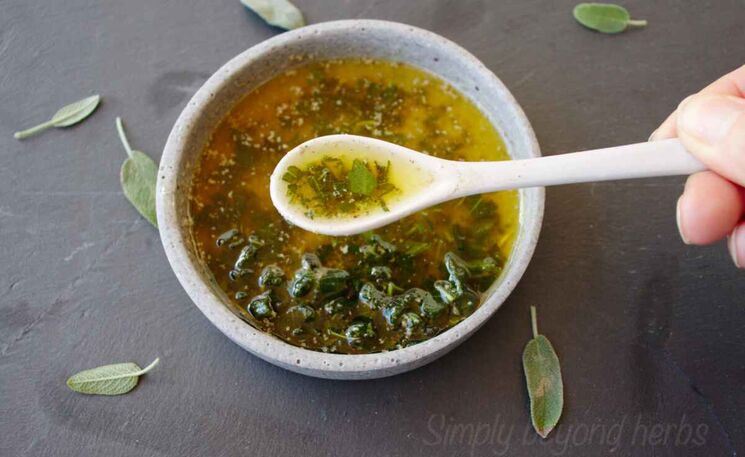
Variations and Additions
Adding Nuts
Nuts add a delightful crunch and additional flavor to brown butter sauce. Common choices include:
- Pine Nuts: Toasted pine nuts offer a rich, buttery flavor that pairs well with brown butter.
- Almonds: Sliced almonds add a subtle sweetness and crunch.
- Hazelnuts: Chopped hazelnuts provide a slightly bitter, earthy taste.

To incorporate nuts, toast them separately in a dry pan until golden and fragrant, then stir them into the finished sauce.
Including Cheese
Cheese can add creaminess and depth to your brown butter sauce. Popular options include:
- Parmesan: Adds a salty, nutty flavor that complements the sauce.
- Pecorino Romano: Offers a sharper, more pronounced taste.
- Gorgonzola: For a bold, tangy twist.

Grate the cheese finely and stir it into the sauce until melted and smooth. For a creamy texture, you can also add a splash of heavy cream along with the cheese.
Serving Suggestions
Best Pasta Types
Not all pasta shapes are created equal when it comes to pairing with brown butter sauce. Here are some of the best options:
- Ravioli: Filled pastas like ravioli absorb the sauce well, enhancing the overall flavor.
- Tortellini: Another filled pasta that pairs beautifully with the rich sauce.
- Fettuccine: The wide, flat noodles catch the sauce perfectly, making each bite delicious.
- Gnocchi: The soft, pillowy texture of gnocchi is a fantastic match for the nutty sauce.
- Pappardelle: These wide, flat noodles are ideal for holding onto the rich sauce, ensuring every bite is flavorful.

Side Dishes
Complement your pasta dish with side dishes that balance the richness of the brown butter sauce:
- Green Salad: A simple green salad with a light vinaigrette cuts through the richness of the sauce.
- Roasted Vegetables: Roasted vegetables like asparagus or Brussels sprouts add a hearty, earthy element.
- Garlic Bread: A classic accompaniment that soaks up the delicious sauce.
- Grilled Chicken: Adds a protein element to the meal, balancing the richness with a savory, meaty flavor.

FAQ
Conclusion
Mastering the art of brown butter sauce for pasta opens up a world of culinary possibilities. With its rich, nutty flavor and simple preparation, it’s a versatile addition to any pasta dish. By following these detailed steps and tips, you’ll be able to create a perfect brown butter sauce that enhances your meals and impresses your guests. Whether you’re enjoying it with ravioli, fettuccine, or gnocchi, this sauce is sure to become a staple in your kitchen.
Adding brown butter sauce to your repertoire not only elevates your pasta dishes but also expands your culinary horizons. Experiment with different herbs, spices, and variations to find your perfect combination. Enjoy the journey of creating delicious and memorable meals with brown butter sauce at the heart of your cooking.
Disclosure: Our blog contains affiliate links to products. We may receive a commission for purchases made through these links. However, this does not impact our reviews and comparisons. We try our best to keep things fair and balanced, in order to help you make the best choice for you.

